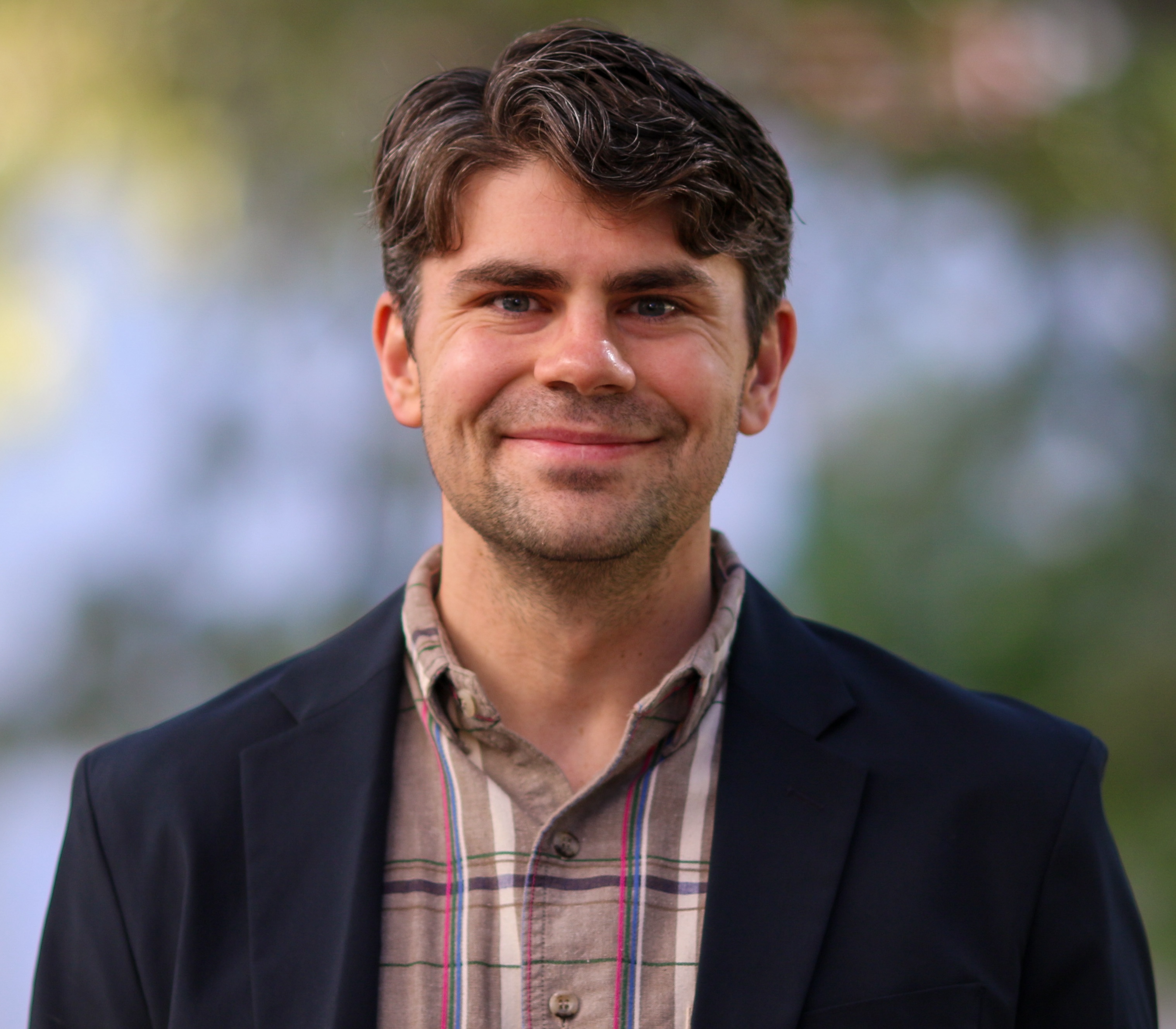Taylor Hare
Supported by the University of Glasgow Library
Taylor Hare is a Postdoctoral Fellow in English at Baylor University in Waco, TX, USA. His research focuses on the history of reading by touch, especially the nineteenth-century publication and circulation of tactile books meant for readers with visual disabilities. He is currently working on two books. The first, titled Tactile Renaissance, describes the importance of early modern authors such as William Shakespeare and John Milton to the development of tactile book culture. The second, Blindness and Bookmaking in the Nineteenth Century, tells the stories of visually disabled bookmakers who worked in the first raised-letter presses. It shows how these bookmakers repurposed the tools and techniques of print production to meet their own sensory needs as well as those of their readers.
Taylor will use his Visiting Research Fellowship to investigate the history of raised-letter printing at the Glasgow Asylum for the Blind for his Blindness and Bookmaking project. Established in 1836, the Glasgow Asylum’s press was one of the most prolific and respected producers of tactile books in the nineteenth century. Less well-known, however, is the fact that blind and low-vision residents of the Asylum made many these books, working as compositors and pulling impressions for some of the press’s most significant editions. This largely unacknowledged labor raises important questions: Which residents worked the Asylum’s press? What forms of creative control did these bookmakers exert over tactile book production? As a fellow, Taylor will answer these questions by examining the University of Glasgow Library’s collection of nineteenth-century tactile books as well as its wide array of records relating to the Glasgow Asylum and its press.
“I am thrilled to receive this Visiting Research Fellowship! This award will allow me to recover the stories of an important but little-known group of disabled bookmakers who worked in Glasgow in the first half of the nineteenth century. I hope this research also brings greater attention to the amazing resources for studying the history of visual disability that are held at the University of Glasgow Library.”


